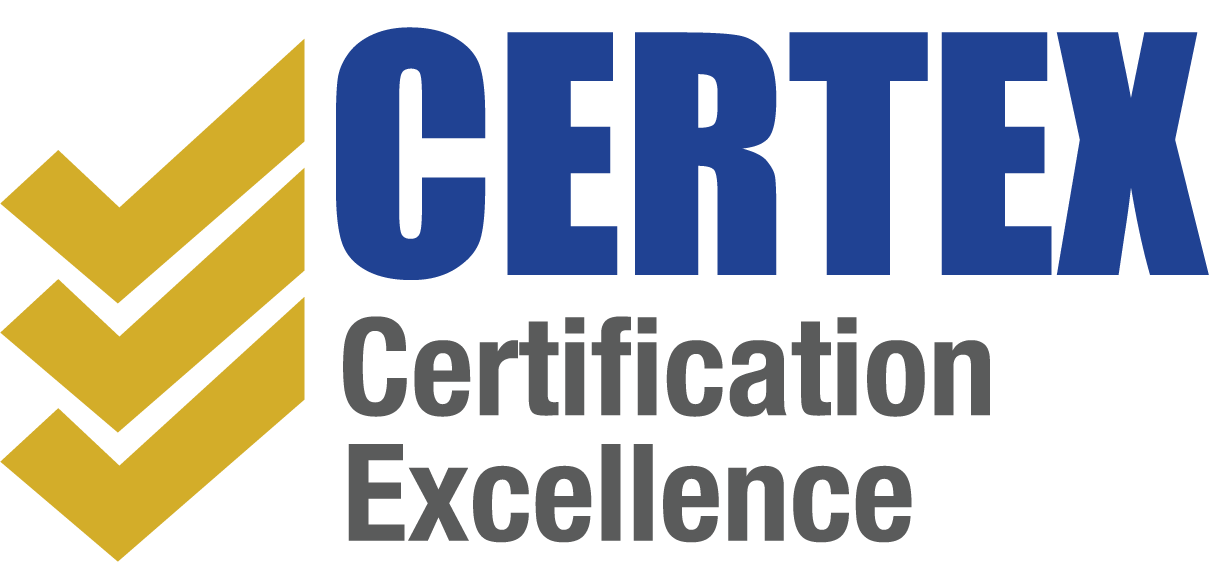One year on: How has 2020 changed the way we work?
Changes during COVID-19 2020
During 2020 workforces across the globe were thrown into disarray by the spread of COVID-19. Companies had no choice but to respond swiftly to government mandated lockdowns and transition their workers en masse to working from home.
Over one year on, the opportunity presents itself to look back on an unforgettable year and consider this massive shift and how it might change the way we look towards the future.
What’s here to stay?
Many companies have reported that 2020 demonstrated the feasibility (and efficacy) of more flexible working arrangements and expedited the adoption of systems such as virtual platforms. Indeed, many of the management related concerns in offering working from home arrangements have been assuaged by the sink or swim nature of 2020. Equally, having had a nearly year-long trial of working from home, many workers are now increasingly requesting more flexible arrangements.
Here at Certex, we certainly weren’t exempt from disruptions. Our office staff moved to supporting our clients and partners whilst working from home. Moreover, our auditors demonstrated admirable agility in quickly adapting to virtual audits without compromising quality of service.
Indeed, many of the lessons learned over the course of a tough 2020 will inform how we go forward and perhaps improve existing infrastructure and operations.
Pros and cons
As we examine a future wherein working from home may become more of a commonality, this brings with it a whole host of benefits. Working from home can also bring with it cost savings, offer appreciated flexibility to workers, increase productivity, and the potential for more convenient cross-border collaboration (and reduction of business travel).
That said, these changes to the way we work don’t come without their cons too. Reduced face to face time (increased risk of isolation and related mental health concerns), WHS liability when working from home, distractions whilst working, the costs of a home office, as well as challenges to work-life balance (risk of overworking) are all necessary to consider.
Where to next?
The shifts that we observed in 2020 are likely here to stay (in some form or other) and it will be necessary for businesses to closely consider their individual needs (and capabilities) when looking to how these systems may be continued into the future. It is clear that there are strengths and weaknesses as well as important considerations for liability which employers will need to familiarise themselves with.
Our free working from home webinar (recording in early 2020) is still available on the website and might be a good place to start thinking about some of these questions!


